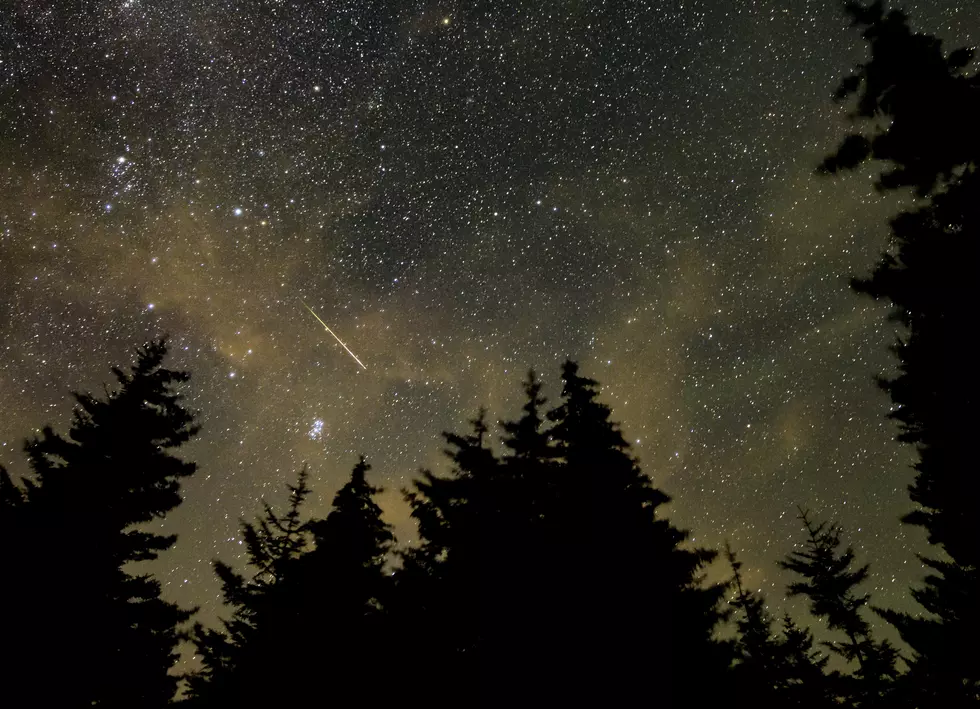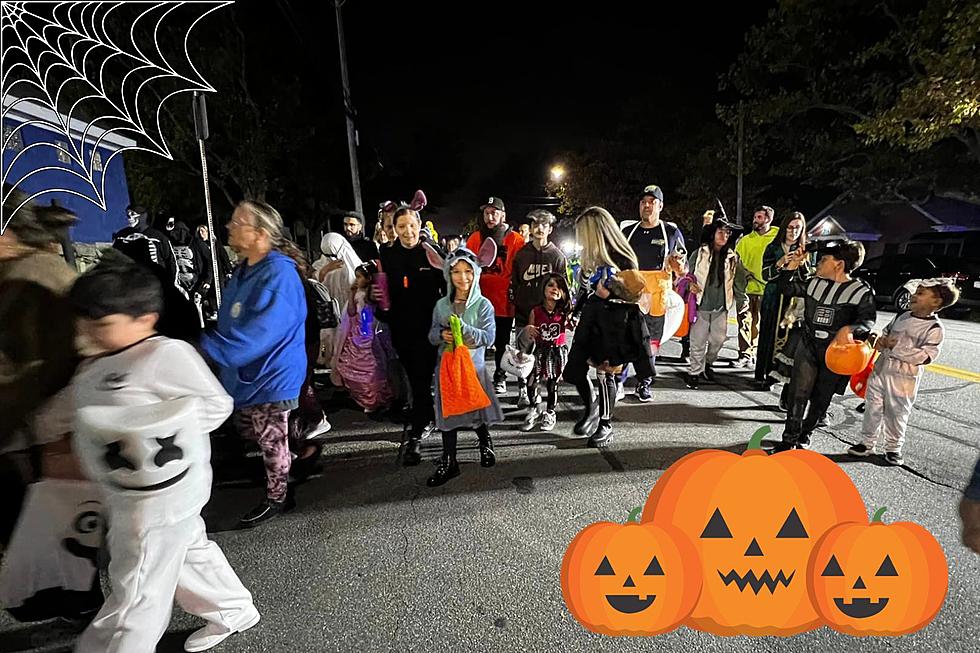
The Best Meteor Shower of The Year Will Be Visible in Massachusetts This Weekend
It would be a shame to go an entire lifetime without seeing a shooting star, so if you have never seen one or hope to catch another glimpse, keep your eyes to the sky over the next few nights as the Perseid meteor shower streaks across Massachusetts.
The Farmers Almanac predicts the best chances to witness this annual event will be Aug. 8-10, late at night, as “one of the best meteor showers of the year” puts on a galactic display.
What Is a Meteor Shower?
NASA describes meteoroids as objects in space that range in size from dust grains to small asteroids, or space rocks for short. When meteoroids enter Earth’s atmosphere at high speed, they burn up, creating fireballs. We call those fireballs “shooting stars," or meteors.

“When comets come around the Sun, they leave a dusty trail behind them,” NASA said. “Every year, Earth passes through those debris trails, which allows the bits to collide with our atmosphere and disintegrate to create fiery and colorful streaks in the sky.”
The Perseid Meteor Shower
This star-gazing event, named after the constellation Perseus, offers an incredible number of showers, with about 50 to 100 meteors seen per hour. And the darker the sky, the better. The Perseids are best viewed in the pre-dawn hours, during the darkest time of night.
Where to Watch the Perseid Meteor Shower
Get away from city lights and make yourself comfortable under the open sky.
“Only after midnight ... do their numbers really begin to increase,” Farmers Almanac said of the Perseids. If you’re lucky, you will see 60 to 90 meteors each hour.
I was lucky enough to see the Perseid meteor shower as a kid. My mom woke me up in the middle of the night and we sat on our deck, looking up at the night sky, We watched dozens of shooting stars illuminate the sky. It was truly magical.
The shower’s highest rate of meteors will arrive late Friday night into Saturday morning, so plan for a late night of star-gazing.
Need a place to watch? Keep scrolling for some ideas.
LOOK UP: 10 Spots on the SouthCoast to Stargaze
LOOK: 31 breathtaking images from NASA's public library
More From WBSM-AM/AM 1420




![Fall River Kittens Are Best Friends & In Need of a Forever Home [WET NOSE WEDNESDAY]](http://townsquare.media/site/519/files/2023/11/attachment-Untitled-design-73.jpg?w=980&q=75)



![Adorable Fall River Kittens Hope to Grow Up with Forever Families [WET NOSE WEDNESDAY]](http://townsquare.media/site/519/files/2023/10/attachment-Untitled-design-89.jpg?w=980&q=75)
